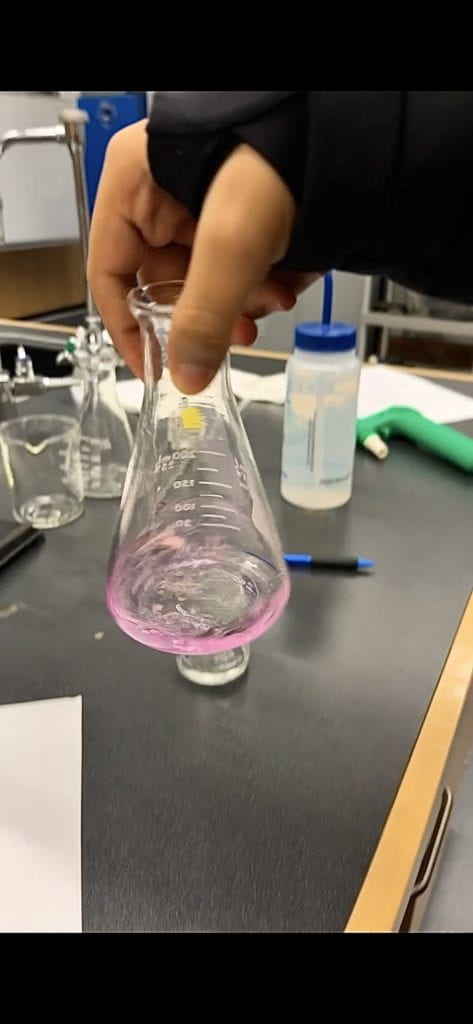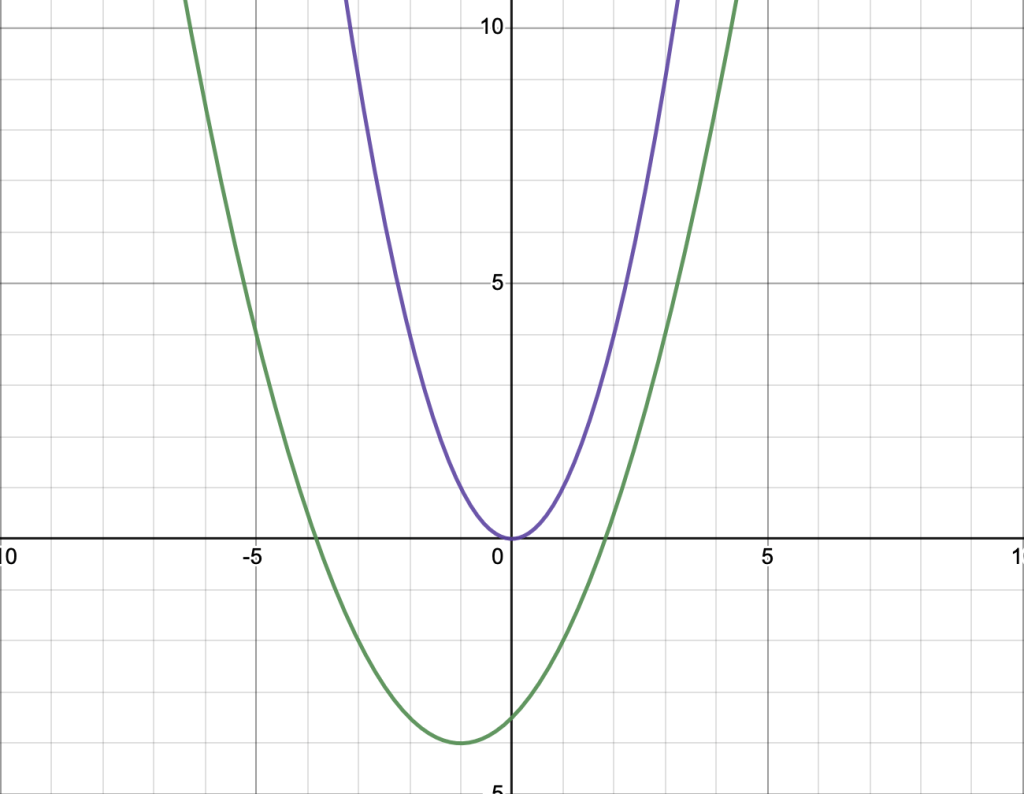Kohlberg’s moral precepts provide a useful framework for understanding the characters in The Crucible, delving deep into the motive behind the actions of various characters. Through examining different moral stages—pre-conventional, conventional, and post-conventional behavior —we can gain insight into the behavior displayed in the play.
In The Crucible, many characters show pre-conventional behavior, meaning they act to avoid punishment to receive a reward. For instance, the first character to express pre conventional behaviour is Tituba, when she confesses to witchcraft even though she’s innocent because Reverend Parris threatens to, “take [Tituba] out and whip [her] to [her] death.” This scene illiterates how Tituba avoids being whipped by deciding it’s better to go to jail than to die. In addition, John Proctor also demonstrates behaving in a way to avoid punishment. In act four he is unable to sign his name on the document to confess. Though he has already admitted to the crime he states, “I have given you my soul, leave me my name.” Showing how he had given his soul from acting against religion and by keeping his name he avoids more punishment from God. The final character to be discussed is Abigail Williams, she has manipulated events and has accused innocent people of witchcraft. Reverend Parris notices her absences “think [Abigail] be aboard a ship.” She secretly leaves Salem by boast because if she stays in Salem she risks being exposed and facing severe punishment for her lies. In the Crucible, these characters are frequently used as representations of pre conventional behaviour.
Numerous characters in The Crucible display conventional behavior, acting in ways to gain approval from a group. Mary Warren stands out as one of the first characters acts this way. In an attempt to blend in with the group of girls, she falsely declares that she sees “spirits, spirits” in the courtroom. She is described as quiet in the play; Mary finds it challenging to confront Abigail and the other girls because of these traits but tries to go along to be accepted. The next character to discuss is Anne Putnam she behaves in a way that illustrates she wants to be part of a group. She shares “[her] babies always shriveled in her hands,” reflecting beliefs and fears of the Salem community. Anne Putnam is portrayed as a woman deeply affected by the loss of many of her children at a young age. Her belief that her babies died due to supernatural causes rather than natural ones, where in Salam witchcraft is seen as a credible explanation for unfortunate events. The final example of a conventional character is Betty. By accusing George Jacobs, “[Betty] saw George Jacobs with the devil” pairing her willingness to accuse someone of witchcraft based on her supposed vision of him with the devil reflects on the conventional thinking of the people in Salem. The community is quick to accept an act upon accusations of witchcraft without evidence. One can see from the examples provided the Crucible has many characters that show a desired fit in.
The Crucible contains plenty of post conventional characters. When someone acts in a way that consists with their own values their said to be post conventional. This is done regardless of the consequences, benefits, or approval of the group. The first instance of a character displaying this behavior is John Proctor “[he has] known her.” Proctor’s willingness to speak up about his connection with Abigail publicly despite the possible consequences, shows that he values honesty and integrity more than just following societal standards. Elizabeth is another post conventional character. Elizabeth “won’t sit so close to something as solid as Abigail Williams.” Her statement suggests that she prioritizes truth, she demonstrates that she doesn’t care about how groups will perceive her and the punishments of others knowing about their conflict. The last post-conventional character is Reverend Parris “I fear there will be riot here” Throughout the play, Parris has been primarily focused on protecting his reputation, maintaining control over Salem. He acknowledges the potential consequences of the witch trials and the growing discontent among the citizens. These three characters perfectly reflect post-conventional behavior due to their personal moral standards and refusal to punishment, reward, or group acceptance.
In this essay, we looked at Kohlberg’s ideas about morals to understand the characters in The Crucible better. The essay shows why the characters acted strangely. It also talks about different moral stages like pre-conventional, conventional, and post-conventional and how they relate to each character. Now we can see why the characters did what they did.








